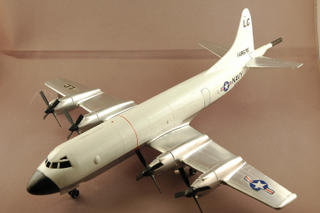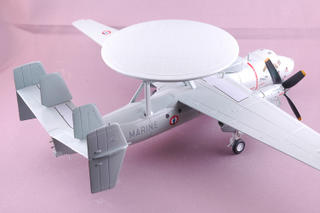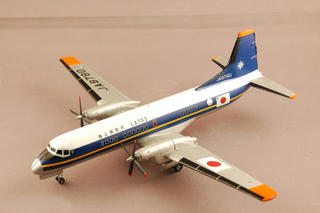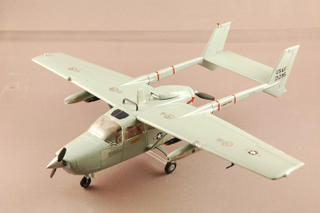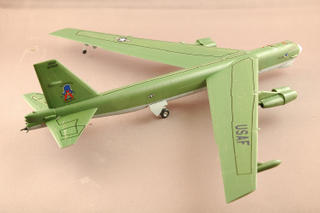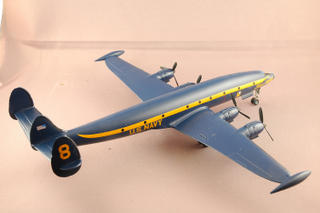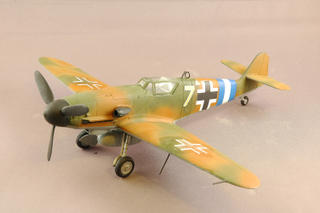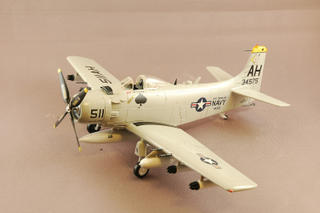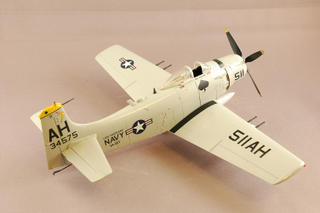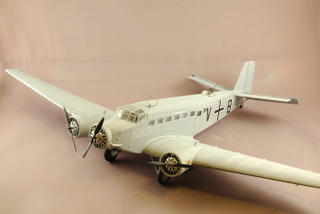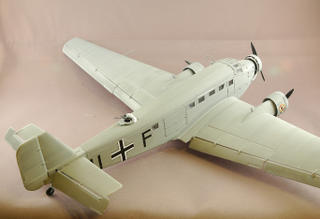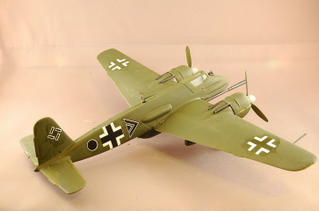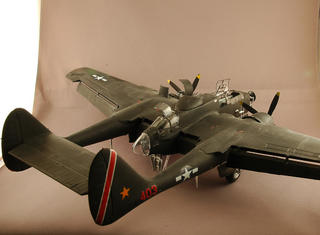Revell P3-A Orion 1/48 Scale
The P-3C is a land-based, long range anti-submarine warfare (ASW) patrol aircraft. It has advanced submarine detection sensors such as directional frequency and ranging (DIFAR) sonobuoys and magnetic anomaly detection (MAD) equipment. The avionics system is integrated by a general purpose digital computer that supports all of the tactical displays, monitors and automatically launches ordnance and provides flight information to the pilots.
In addition, the system coordinates navigation information and accepts sensor data inputs for tactical display and storage. The P-3C can either operate alone or supporting many different customers including the carrier battlegroup and amphibious readiness group. The aircraft can carry a variety of weapons internally and on wing pylons, such as the Harpoon anti-surfacemissile, the MK-50 torpedo and the MK-60 mine.
Each Maritime Patrol Aviation (MPA) squadron has nine aircraft and is manned by approximately 60 officers and 250 enlisted personnel. Each 11-person crew includes both officer and enlisted personnel. The MPA squadrons deploys to sites outside the United States for approximately six months, and generally spends one year training at home between deployments.
Additional information:
http://www.aeroflight.co.uk/types/usa/lockheed_martin/p-3/P-3_Orion.htm
http://www.globalsecurity.org/military/systems/aircraft/p-3-history.htm
